Should a Breaker Be Warm to The Touch?

When it comes to your breaker box, should it be warm to the touch? I answer this and go into more detail in this article.
Breakers are used in electric circuits, meaning electricity flows within the device. The developing electrical resistance is converted into thermal energy, making the breakers feel warm. However, there are limits to the warmth of the circuit breaker, and one should remain careful that the devices do not heat up a lot.
In general terms, a breaker can be slightly warm while in use. The Underwriters Laboratories declare that the ambient temperature of a circuit breaker should not exceed 90°F (32.22°C). Once it reaches 140°F (60°C), it should shut off automatically. If not, that could lead to a fire hazard.
We will explain further.
A Few Words About the Circuit
Several circuits in your home use the electrical panel and the breakers to function. They maintain balance within the electrical system.
The electrical panel receives power from the primary grid of a city. They guide the electrical current through the rooms to which it is connected via small circuits. If one breaker trips because of several circuits in the house or building, the power is disabled only to the part where that particular breaker connects.
The circuit breaker’s use is to cut the power in a specific building section to prevent fire and other electricity-related menaces. They are made to operate at 80% of their maximum capacity. If they reach 140°F (60°C), they trip and stop the current from flowing.
This type of setup helps to keep all homes safe and hazard-free.
Why is a Circuit Breaker Hot?
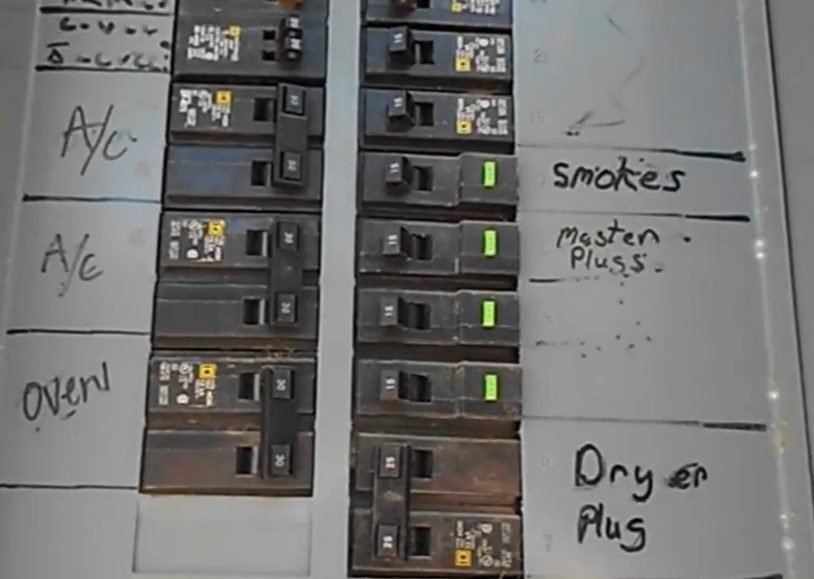
As mentioned above, the electrical current’s electrons produce heat while moving around the circuit.
Generally, a hot breaker means that there is a malfunction in the electrical system. The five most common causes include:
- Overloaded circuit
- Outdated circuit breaker
- improperly installed circuit breaker or loose wiring
- Current limit
We will dive into each case below.
Overloaded Circuit
When there are many devices connected to a circuit, it may overload.
That means that electricity flows with much more intensity than it can handle. The thermal energy accentuates within the system making several parts overheat. That not only can make a breaker warm up more than normal, but it can additionally cause an electrical outlet to feel hot.
That can also happen to an old electrical system that cannot handle the electrical load that a modern house requires.
Outdated Circuit Breaker
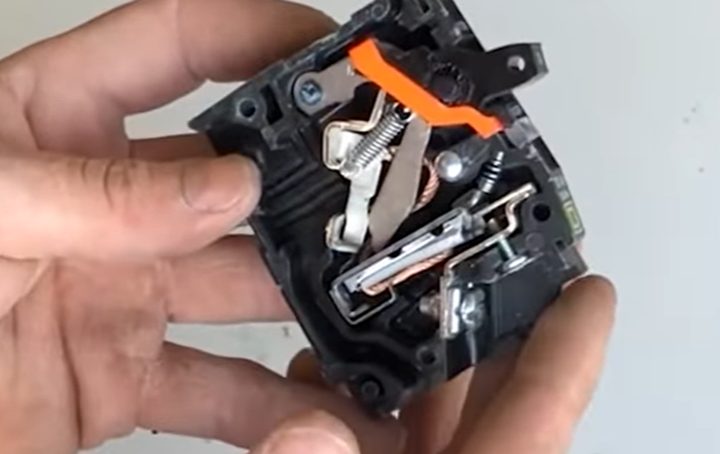
If you have an old circuit breaker, it is not unusual for it to heat up.
Circuit breakers have an expiration date (not always written on the packaging). During its use, it can undergo damage and electrical overloads that can weaken its operation. In that case, it can overheat and feel hot to the touch.
Even if it is not unusual, it doesn’t mean that it is also safe.
Improperly Installed Circuit Breaker Or Loose Wiring
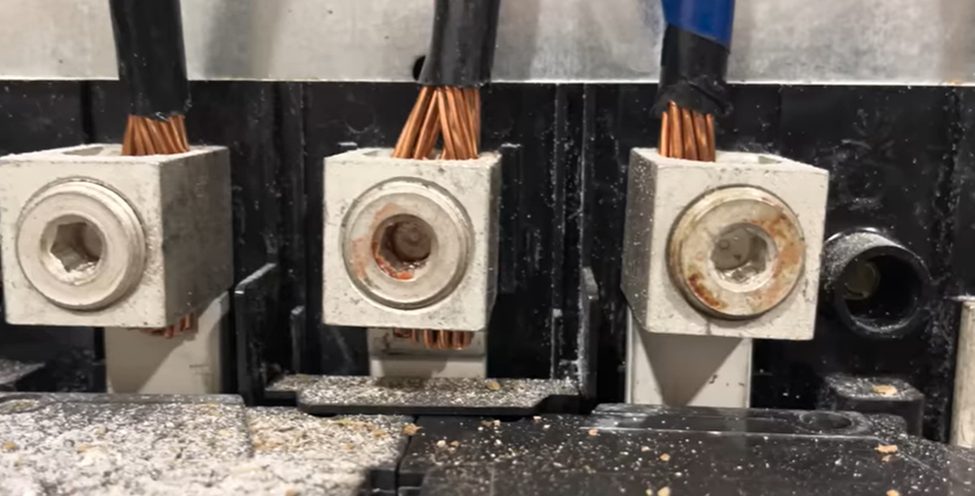
An improper installation creates gaps between the device and the wires.
The electricity consumed is much higher than while in standard usage. That causes the circuit breaker to heat up since the workload increases.
A circuit breaker feels hot in a system with loose wiring. Electrical resistance increases, urging the breaker to produce further heat.
Both cases derive from improper installation.
Current Limit
Circuit breakers trip above a certain temperature (140°F (60°C)).
Yet, the circuit breakers will get unusually hot without tripping if the temperature stabilizes exactly at this temperature or just a few degrees below that limit. Most of the time, what causes the high temperatures is a faulty appliance.
The appliances that create the issue consume extra electricity by powering on their motor.
How Hot Can Circuit Breakers Get?
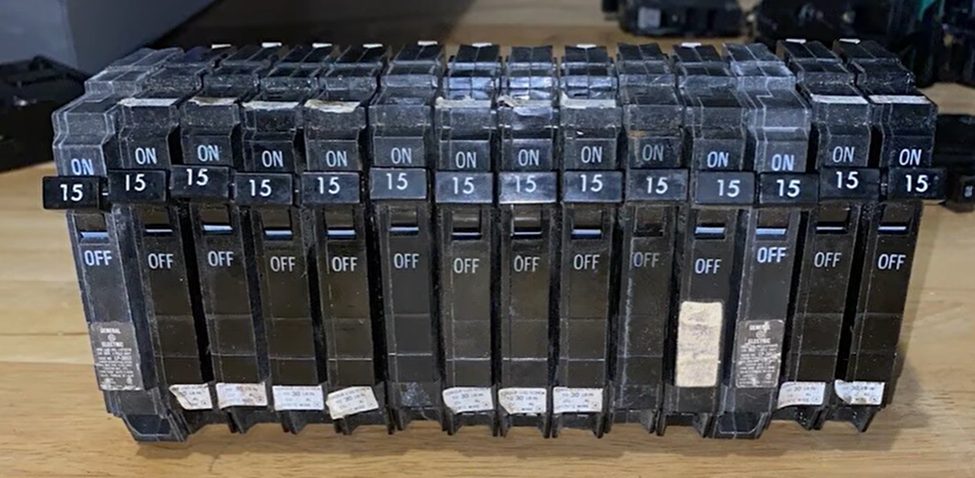
A hot circuit breaker should set off some alarm bells as an indication of the state of the electrical system.
Underwriters Laboratories set the ambient temperature for each breaker. That temperature is 90°F (32.22°C), and all units should not exceed that number. The temperature of the knobs of an electrical system should be kept under 185°F (85°C).
If you find a circuit breaker hot to touch, there is something wrong with the circuit.
Warm vs. Hot Circuit Breaker
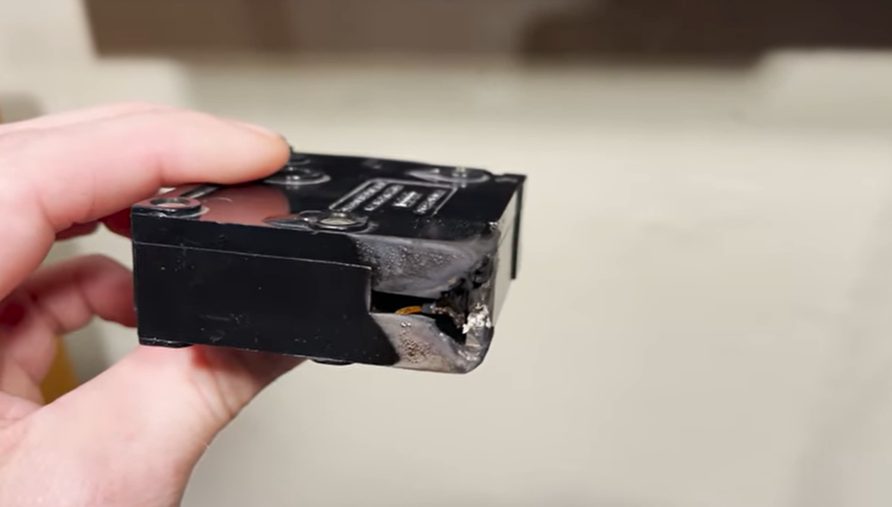
There are a few ways to help you understand whether a breaker is warm or alarmingly hot.
1. Determine With a Thermometer or Infrared Camera
You may use infrared equipment for a more scientific and sure approach.
Infrared thermometers and cameras let you know the temperature of a device by merely pointing them toward the breaker.
2. Determine With the Back of Your Hand
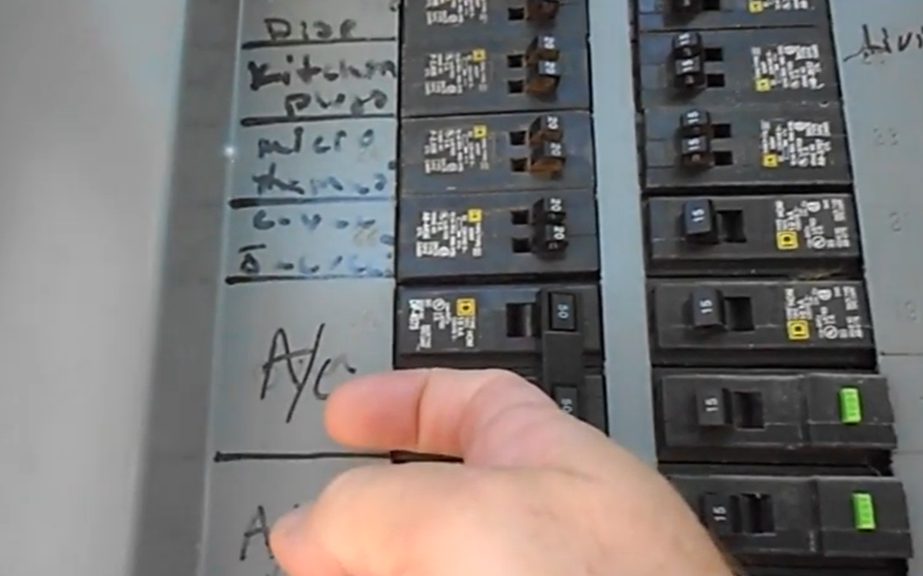
This is not always the best way to determine whether the temperature is high enough to cause issues.
However, you can place the back of your index finger on the breaker to feel its warmth. If it is hot enough to burn or hurt you, there is a malfunction within the system.
During this test, you must take safety measures not to get electrocuted.
What If an Electrical Outlet Feels Hot?
Similar to the breaker, a hot electrical outlet is a sign of a defect.
It might be a result of the following:
- Loose or corroded wires
- Moisture or contact with water
- Overloaded by multiple appliances
If an outlet feels hot even after unplugging all appliances, you probably need to replace it.
What Can You Do?
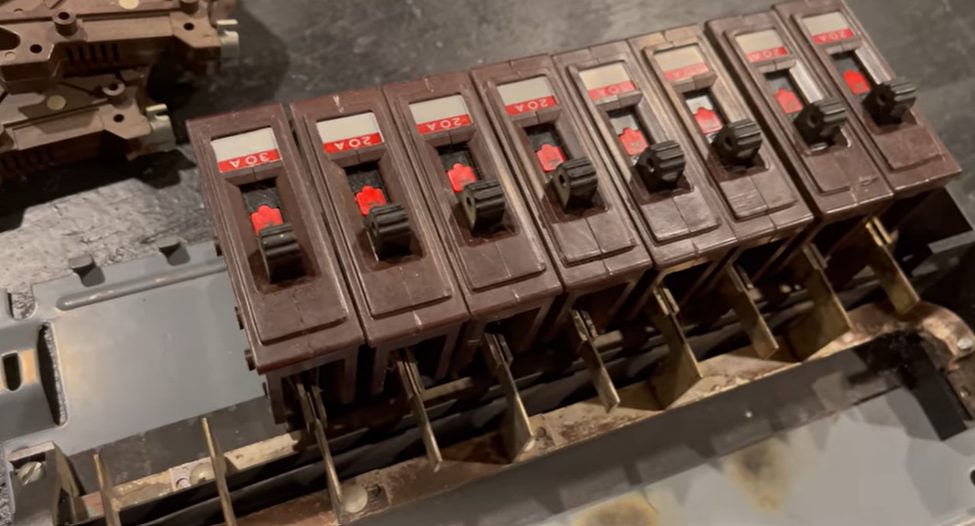
In any of the above cases, the best thing you can do is power off the circuit that corresponds to the faulty breaker.
You should not tamper with the circuits if you are not an electrical systems expert. You can call an electrician to fix the issues since it is highly unsafe to do so without any or little knowledge.
You can also ask to test the operation of your home’s AFCI circuit breakers.
Also known as ARC fault Circuit Interrupters, their function is to detect electric arcs caused by loose connections within a circuit. Similar to the standard breakers, they stop the powering of the system once loose wiring is spotted.
ARC fault Circuit Interrupters can distinguish simple and non-dangerous arcs (i.e., operation of plugs and brushed motors) from hazardous arcs, such as broken conductors.
Since the beginning of the 21st century, all buildings must have ARC fault Circuit Interrupters in the US and Canada.
Video References
Electrician U
MBJ DIY
